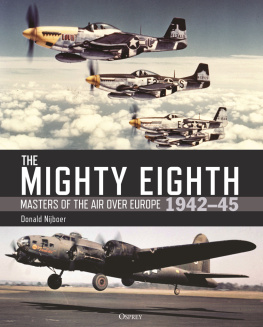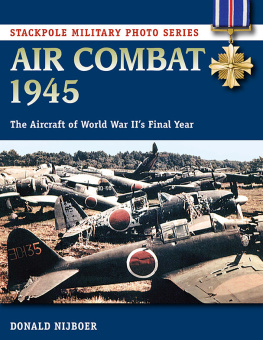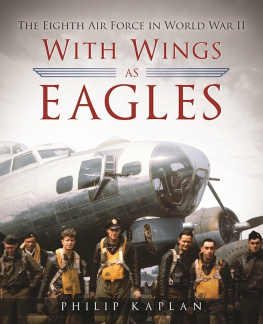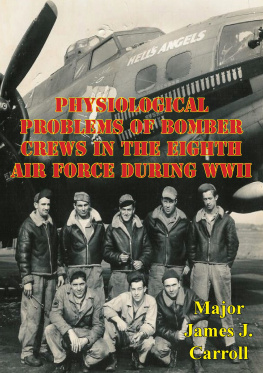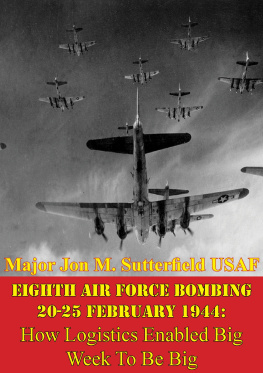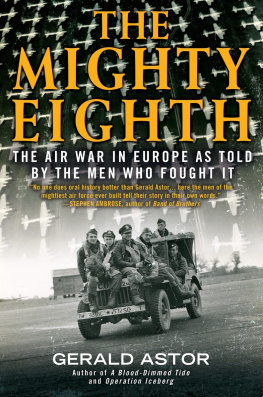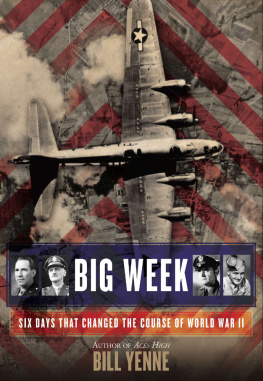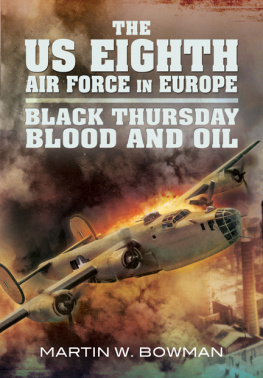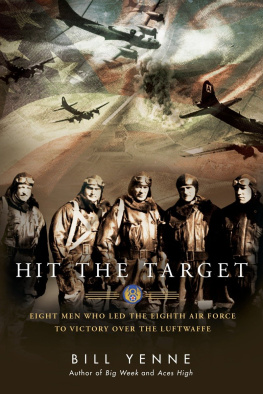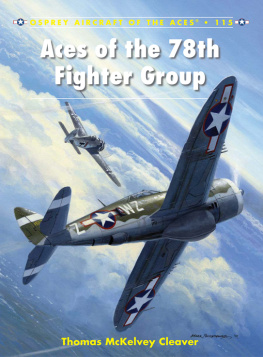
OSPREY PUBLISHING
Bloomsbury Publishing Plc
Kemp House, Chawley Park, Cumnor Hill,
Oxford OX2 9PH, UK
29 Earlsfort Terrace, Dublin 2, Ireland
1385 Broadway, 5th Floor, New York, NY 10018, USA
E-mail:
www.ospreypublishing.com
This electronic edition published in 2022 by Bloomsbury Publishing Plc
OSPREY is a trademark of Osprey Publishing Ltd
First published in Great Britain in 2022
Osprey Publishing Ltd, 2022
All rights reserved
You may not copy, distribute, transmit, reproduce or otherwise make available this publication (or any part of it) in any form, or by any means (including without limitation electronic, digital, optical, mechanical, photocopying, printing, recording or otherwise), without the prior written permission of the publisher. Any person who does any unauthorised act in relation to this publication may be liable to criminal prosecution and civil claims for damages.
A catalog record for this book is available from the British Library.
ISBN: 978-1-4728-5421-6 (HB)
ISBN: 978-1-4728-5422-3 (eBook)
ISBN: 978-1-4728-5424-7 (ePDF)
ISBN: 978-1-4728-5423-0 (XML)
For legal purposes the constitute an extension of this copyright page.
Maps by Bounford.com
Index by Alison Worthington
Cover, page design and layout by Stewart Larking
Osprey Publishing supports the Woodland Trust, the UKs leading woodland conservation charity.
To find out more about our authors and books visit www.ospreypublishing.com. Here you will find our full range of publications, as well as exclusive online content, details of forthcoming events and the option to sign up for our newsletters. You can also sign up for Osprey membership, which entitles you to a discount on purchases made through the Osprey site and access to our extensive online image archive.
Title page (top image): This fully armed B-17F Thunderbird was designated war-weary in late 1943. Many worn-out airframes were quickly used as VIP transports or whiskey haulers. With their stretched control cables and tired engines, pilots often found them a challenge to fly. (Authors collection)
Title page (bottom image): Minus its drop tanks, this 360th Fighter Group P-51D serial no. 44-15056 has just completed another long-range escort mission in April 1945. The group consisted of the 359th, 360th, and 361st Fighter squadrons. Even with the bubble canopy, this Mustang still has a rear-view mirror attached on the top of the forward canopy bow. (Authors collection)
Contents
When the United States entered World War II on December 7, 1941, it had a small air force with approximately 1,100 aircraft, which included 700 bombers of all types. The Eighth Air Force, which was to control bombing and fighter missions over Europe, did not yet exist. As a result of an agreement between President Franklin D. Roosevelt and Prime Minister Winston Churchill, reached nine months before the United States even entered the war, priority was to be given to the defeat of Germany, and hence the majority of American assets were designated for service in Europe. Those assets would soon form the Eighth Air Force. In the months that followed it became one of the most effective fighting forces the world had ever seen and master of the air war over Europe.
During the Great Depression of the early 1930s, less than ten years before America entered the war against Germany, a sense of ultimate faith, fostered by a clique of officers at the US Army Air Corps Tactical School (ACTS) at Maxwell Field, Alabama, slowly but surely formed around the apparent invincibility and capabilities of the heavy bomber as a weapon of strategic offense. This faith eventually emerged as doctrine.
The root of this doctrine, and the cause of so much faith in the heavy bomber, has been attributed to a great extent to the hypothesis espoused by the (at the time) little-known Italian air power theorist, Giulio Douhet. He prophesied the brilliant and conquering future of the aerial bomber, derived from his personal experiences during Italys war against the Turks in 1911.
Translated into English by 1921, Douhets controversial theories were to transform military aviation doctrines around the globe, and many came to believe slavishly in the coming age of air power, envisaging fleets of high-flying bombers so well-armed that they would fend offand even destroyan enemys disorganized and outnumbered fighter forces.

Boeings Model 299 flew for the first time from Seattle on July 28, 1935, carrying the civilian registration X-13372, since it was a company-owned aircraft. This photograph clearly shows its sleek and modern design and the small nose-mounted turret. (Authors collection)
American writers opined that bombers would be used in mass over urban centers, their vast numbers darkening the sky as they went about destroying factories with such pinpoint accuracy that terrorized citizens of major cities would be left all too ready to surrender under a rain of falling bombs. Indeed, artists painted scenes of an enemys sky dotted with US Army Air Corps (USAAC) bombers dropping endless sticks of bombs upon defenseless factories. Enemy fighters were depicted firing harmlessly from out of range, or spinning down in flames as victims of the bombers fortress-like armament. It was of course total fantasy, but this view was not without its advocates. Even across the Atlantic, the British Conservative politician Stanley Baldwin stated in late 1932 that No power on earth can protect the man in the street from being bombed. Whatever people may tell him, the bomber will always get through.
Certainly, the advocates at the ACTS espoused the virtues of bomber technology over the further development of pursuit or fighter interceptor aviation. In 1934, for example, captains Harold L. George and Robert M. Webster of the ACTS carried out an in-depth analysis of the vulnerability of New York City to daylight precision bombing. Both officers came to the conclusion that if bombs could be used to accurately strike essential servicesi.e. water, electricity and transportationthe effect would be to make the city unliveable.
Model 299
The faith of George and Webster and many other officers in the heavy bomber was strengthened drastically when, in July 1935, Boeing produced its four-engined, highly streamlined, all-metal Model 299 to conform to an ambitious USAAC requirement for a long-range maritime patrol bomber to protect the extensive US coastline. Powered by four 750hp Pratt & Whitney R-1690-E Hornet nine-cylinder air-cooled radial engines, it featured four blister-type positions for moveable machine guns, each of which could accommodate a 30-cal. or 50-cal. machine gun. An additional station for a nose machine gun was incorporated, and a bomb load of up to eight 600lb bombs could be carried internally.
It had been Brigadier-General William M. Billy Mitchell, onetime Assistant Chief of the Air Service, who had warned that the development of the long-range military aircraft fundamentally changed the defensive position of the United States. Aircraft will project the spearpoint of the nations offensive and defensive power against the vital centers of the opposing country, he forecast. The result of warfare by air will be to bring about quick decisions. Superior air power will cause such havoc, or the threat of such havoc, in the opposing country that a long-drawn-out campaign will be impossible. Woe be to the nation that is weak in the air.

